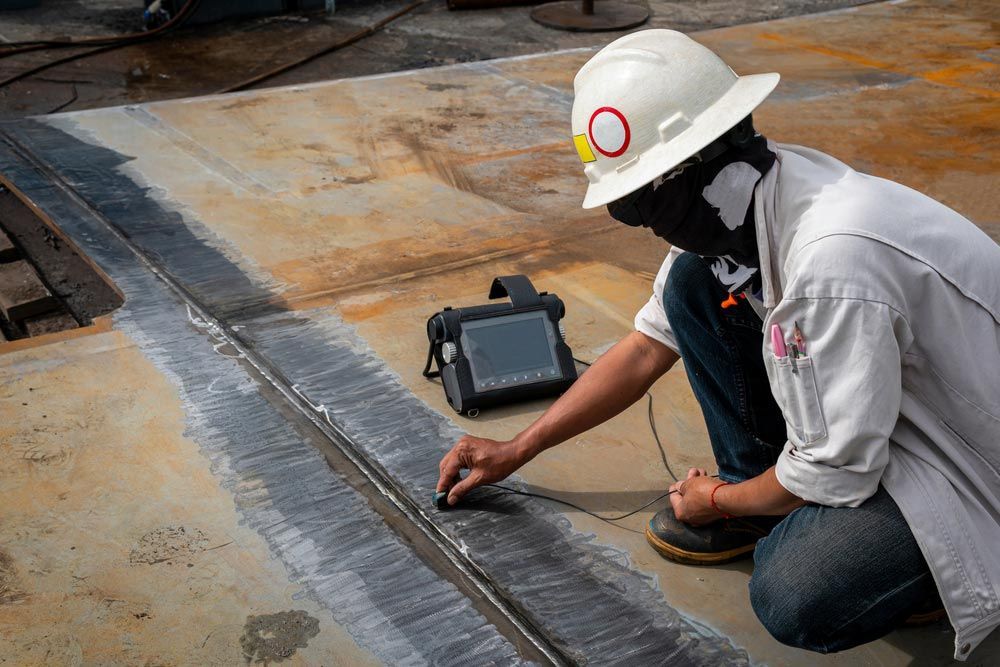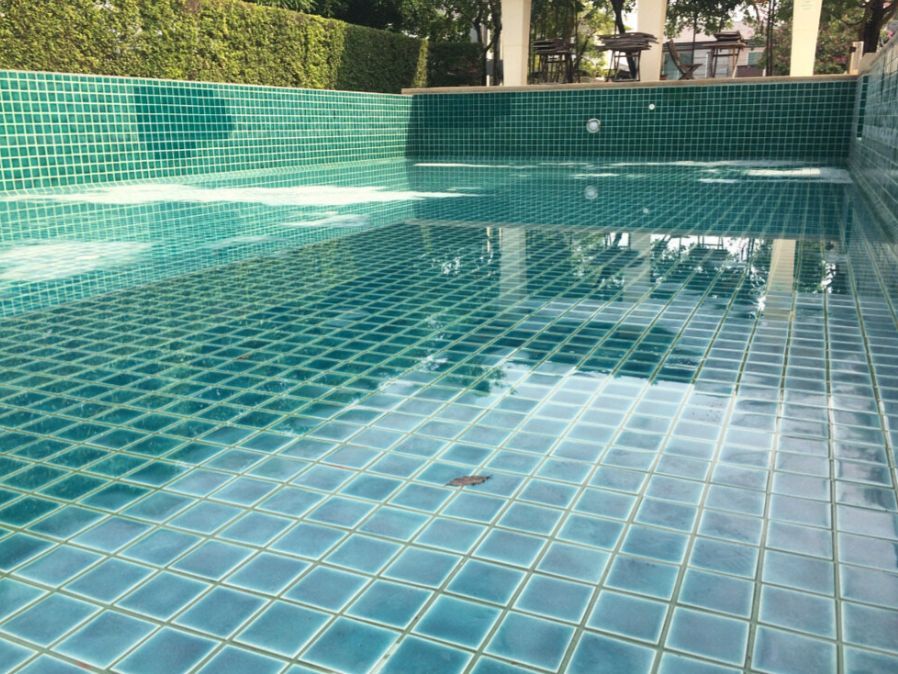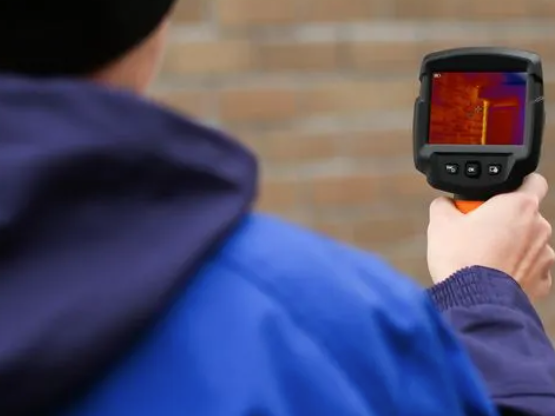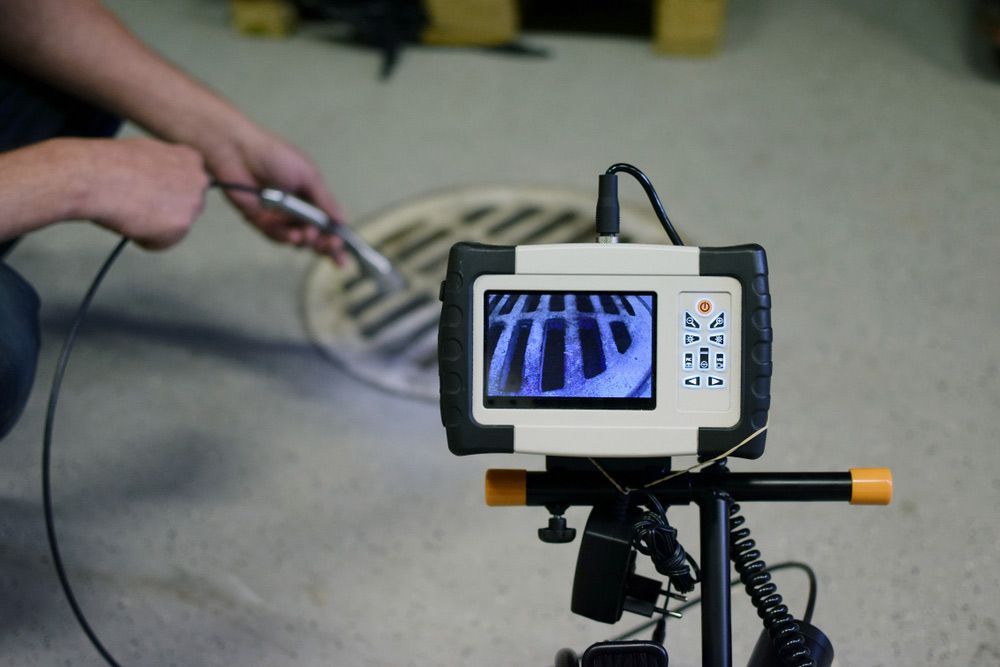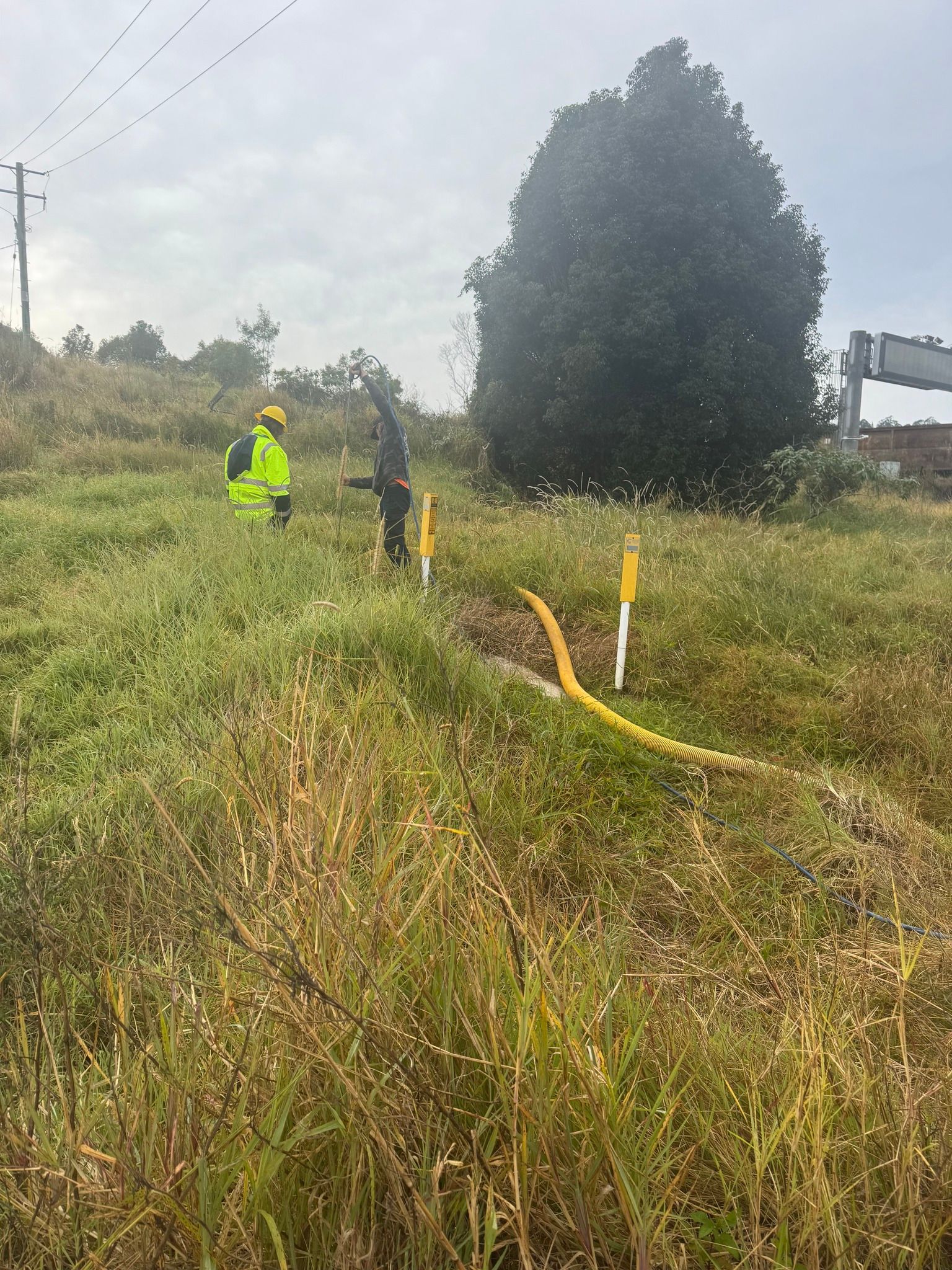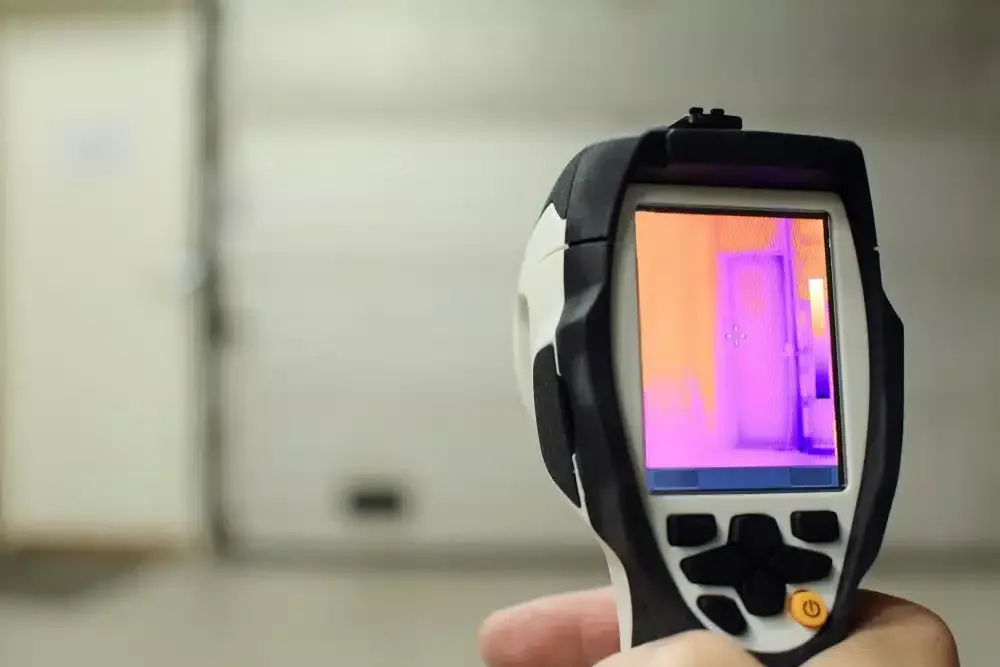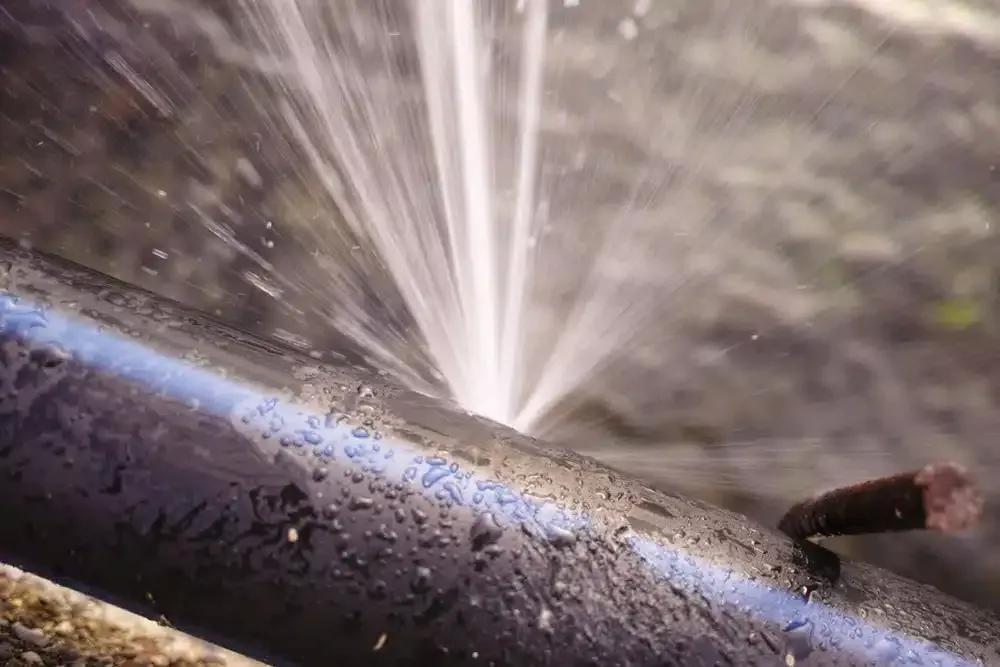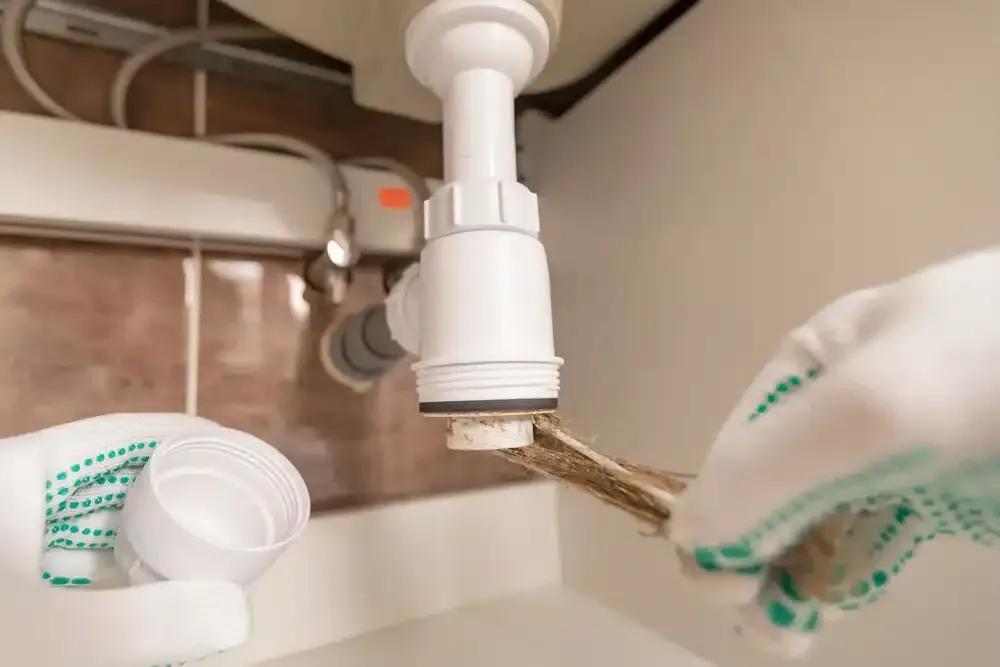Understanding the Leak Detection Process in Tweed Heads
It starts as a faint sound behind a wall or a patch of moisture on the floor—but what lies beneath could be a hidden leak quietly eroding your property from the inside. In a coastal region like Tweed Heads, where high humidity can mask early signs of water damage, identifying and resolving leaks quickly is essential. Whether you're a homeowner, property manager, or commercial tenant, understanding the professional leak detection process gives you the power to prevent costly repairs, maintain property value, and even support insurance claims.
Let’s explore how advanced leak detection services in Tweed Heads locate hidden plumbing problems, why expert involvement matters, and how the process is designed to protect your property without invasive damage.
Why Small Leaks Can Cause Big Problems in Your Property
A seemingly minor leak may not feel urgent, but over time, even a slow drip can lead to significant structural and financial issues.
These hidden water intrusions are often the source of mould growth, wood rot, pest infestations, and inflated utility bills—especially when they go unnoticed for weeks or even months.
Common consequences of undetected leaks include:
- Damage to walls, floors, & foundations from persistent moisture
- Mould & mildew growth are impacting indoor air quality
- Rising water bills caused by continuous loss from the pipework
- Electrical hazards when water reaches wiring or appliances
- Disruption to tenants or business operations in commercial properties
How Modern Leak Detection Tools Work Without Damaging Your Walls
Gone are the days of tearing up walls and floors to find the source of a leak. Leak detection services in Tweed Heads now rely on precise, non-invasive technologies that allow technicians to “see” and “hear” problems beneath the surface without disturbing your property.
Some of the most effective tools used include:
- Acoustic leak detectors – Amplify the sound of water escaping from pressurised pipes behind walls or under concrete.
- Thermal imaging cameras – Detect temperature changes in building materials caused by moisture, helping trace the water’s path.
- Moisture meters – Measure the moisture content of timber, gyprock, and flooring to identify unusual water retention.
- Gas trace systems – Use safe tracer gases that escape through leaks and are picked up by sensitive detection equipment.
When That Mysterious Damp Spot Isn't Just Condensation
Many Tweed Heads homes experience high humidity, but not every damp patch can be blamed on the weather. Persistent moisture near skirting boards, bubbling paint, or warping floorboards often signals a deeper plumbing issue. It’s crucial to know when to call a professional leak detection service rather than wait for obvious signs of damage.
Key indicators of a potential hidden leak include:
- Musty odours that don’t go away even after cleaning
- Water stains on ceilings or wall surfaces
- Persistent mould growth despite ventilation
- Flooring that feels soft or spongy underfoot
- The sound of running water when all taps are off
The Step-by-Step Process of a Professional Leak Detection Service
Understanding the typical process of leak detection services in Tweed Heads can ease uncertainty and help you prepare for the visit. Here's how a qualified technician will generally approach the job:
- Initial consultation – Discuss the symptoms you’ve noticed and inspect the visible site.
- Non-invasive testing – Using acoustic, infrared, or gas trace tools to pinpoint the leak’s location.
- Moisture analysis – Checking for secondary moisture damage or saturation beyond the leak site.
- Findings report – Providing detailed documentation, including digital images or data scans.
- Next steps – Offer repair recommendations or collaborate with your plumber to resolve the issue.
Why DIY Leak Detection Often Misses the Mark
Many homeowners attempt DIY solutions to find and fix leaks—especially when trying to avoid the perceived costs of professional services. However, without the right equipment and training, it’s easy to misdiagnose the source, delay repairs, or cause more damage.
Comparing DIY to professional leak detection:
- Accuracy: DIY guesses can mislead; professionals rely on precise diagnostic tools.
- Speed: Homeowners may spend weeks trying to isolate the issue, while professionals often resolve it in a single visit.
- Damage: DIY methods often involve cutting into walls or floors unnecessarily; experts use non-destructive techniques.
- Cost: While DIY seems cheaper upfront, it can lead to higher repair bills from misdiagnosis or prolonged water damage.
What Happens After the Leak Is Found? Your Next Steps
Finding the leak is only part of the equation. Once the source is located, a structured response plan is essential to prevent further damage and restore your property. Your leak detection provider will typically guide you through these follow-up steps:
- Refer to a licensed plumber if major repairs or pipe replacements are required.
- Assess water damage to walls, flooring, insulation, or ceiling cavities.
- Arrange for drying or dehumidification to avoid mould growth.
- Schedule preventative maintenance to check for other weak points.
- Keep documentation for insurance or future property records.
How Leak Detection Can Support Your Insurance Claim
If a leak has already caused damage to your home or contents, your insurance provider will typically require proof that the issue was sudden and accidental. This is where a professional leak detection report becomes invaluable.
Here’s how it helps:
- Confirms the location and severity of the leak
- Shows that the issue was identified and responded to promptly
- Provides supporting documentation for repairs and costs
- Assists in determining claim eligibility for water-related damage
- Offers clarity in cases of tenant-landlord disputes
Preventing Future Leaks with Regular Maintenance Inspections
The most cost-effective way to manage leaks is to prevent them entirely. Routine inspections from a qualified leak detection technician can identify high-risk areas and spot small issues before they evolve into major problems.
A proactive maintenance approach may include:
- Checking for pressure drops in pipe systems
- Inspecting outdoor areas for signs of soil movement or moisture pooling
- Using thermal imaging to monitor high-moisture areas over time
- Performing annual system checks in older buildings
- Verifying the integrity of waterproofing seals and drainage
Looking for Professional Leak Detection Near You?
At Tweed Heads Leak Detection, we provide accurate, non-invasive leak detection services in Tweed Heads for homes, commercial properties, and investment units. Our experienced technicians use advanced tools to diagnose hidden plumbing issues quickly and precisely.
If you hear drips, smell mould, or see unexplained water damage, don’t leave it to chance—get in touch via our
contact page or give us a call to book an inspection today. Let us help you protect your property with expert leak detection in Tweed Heads.




